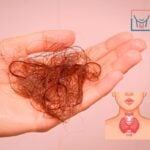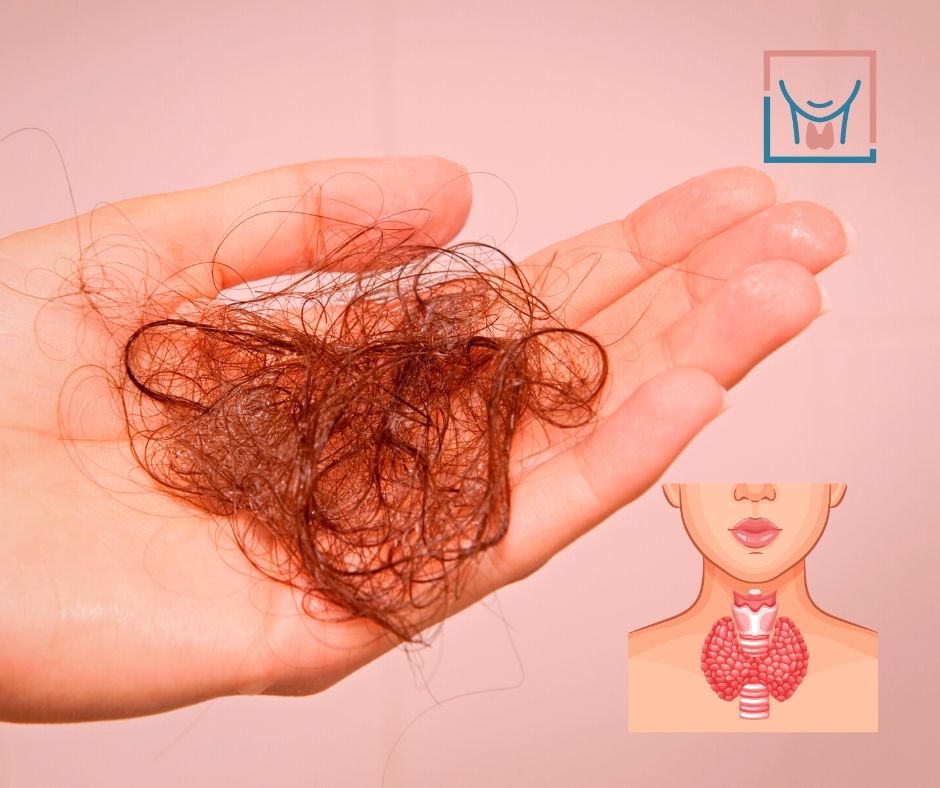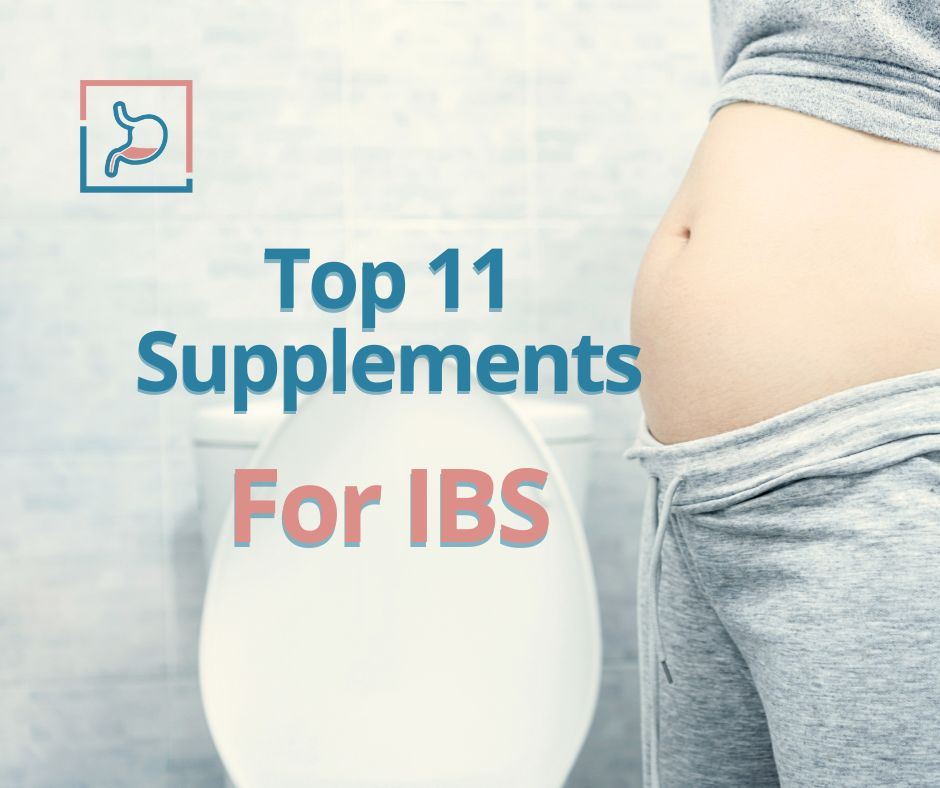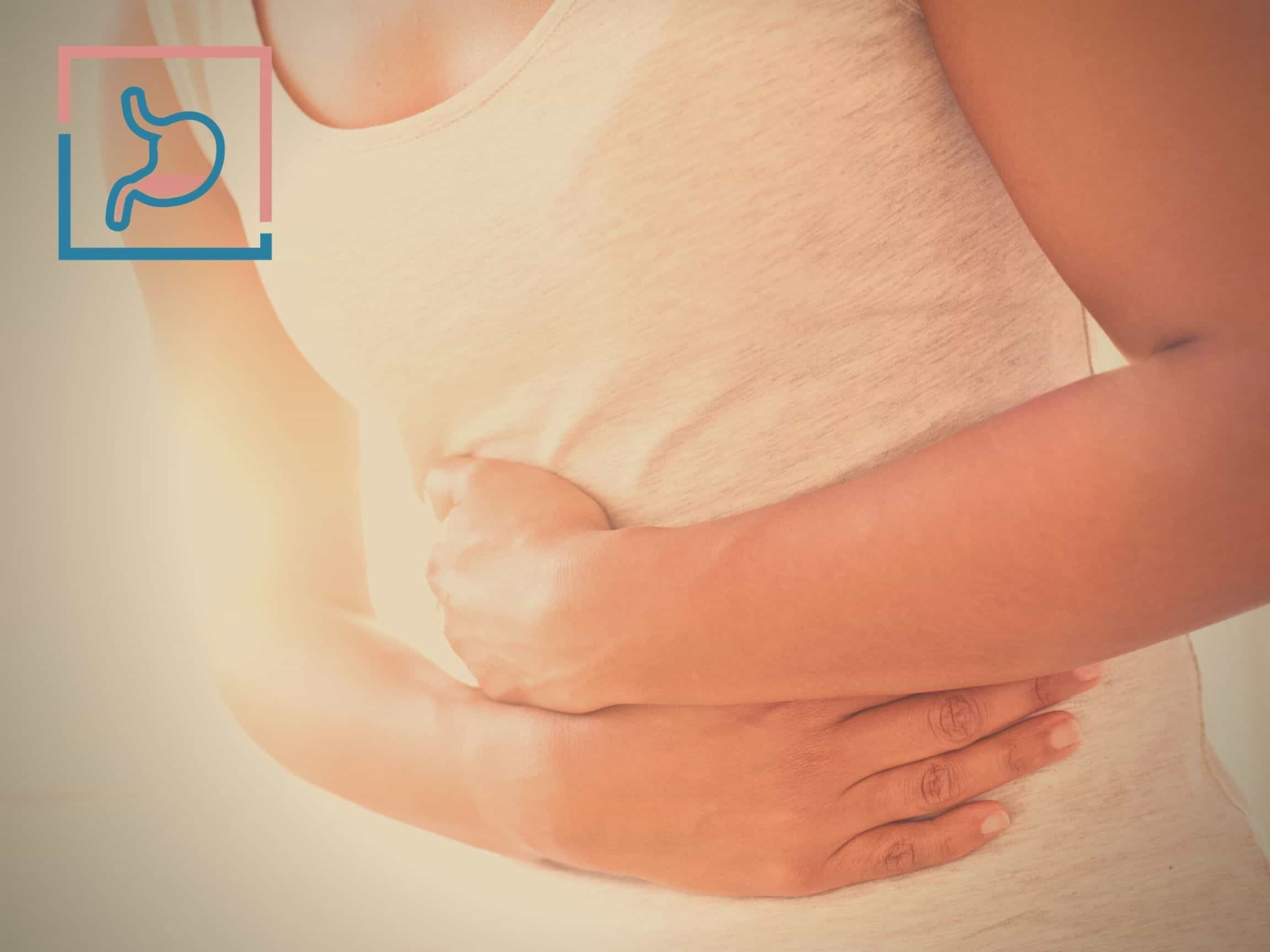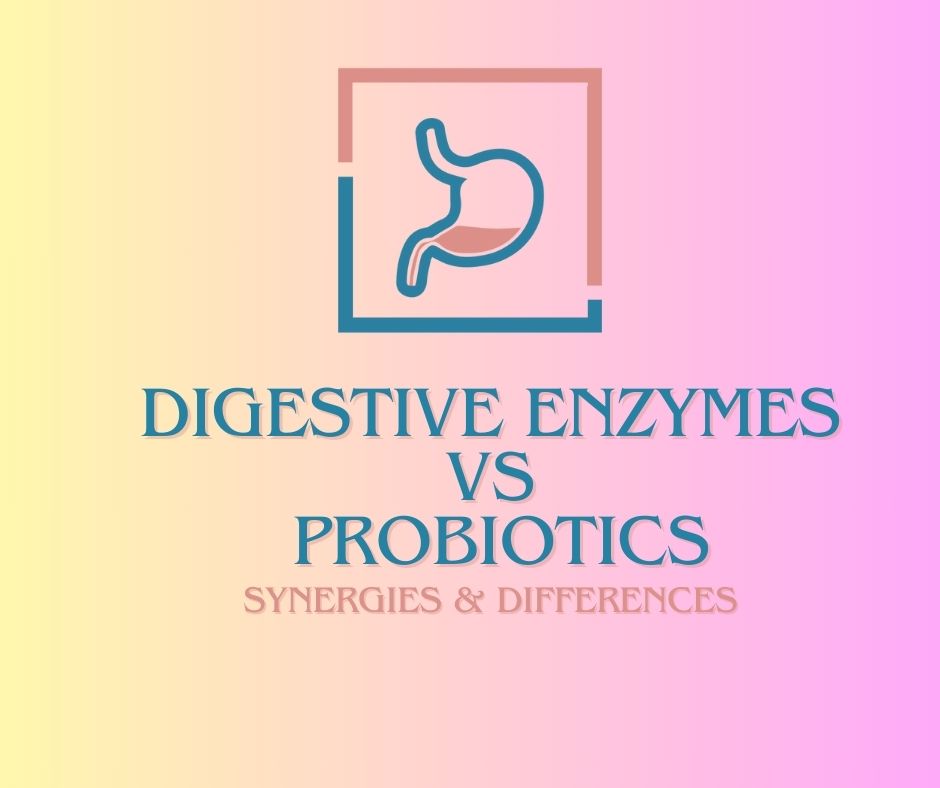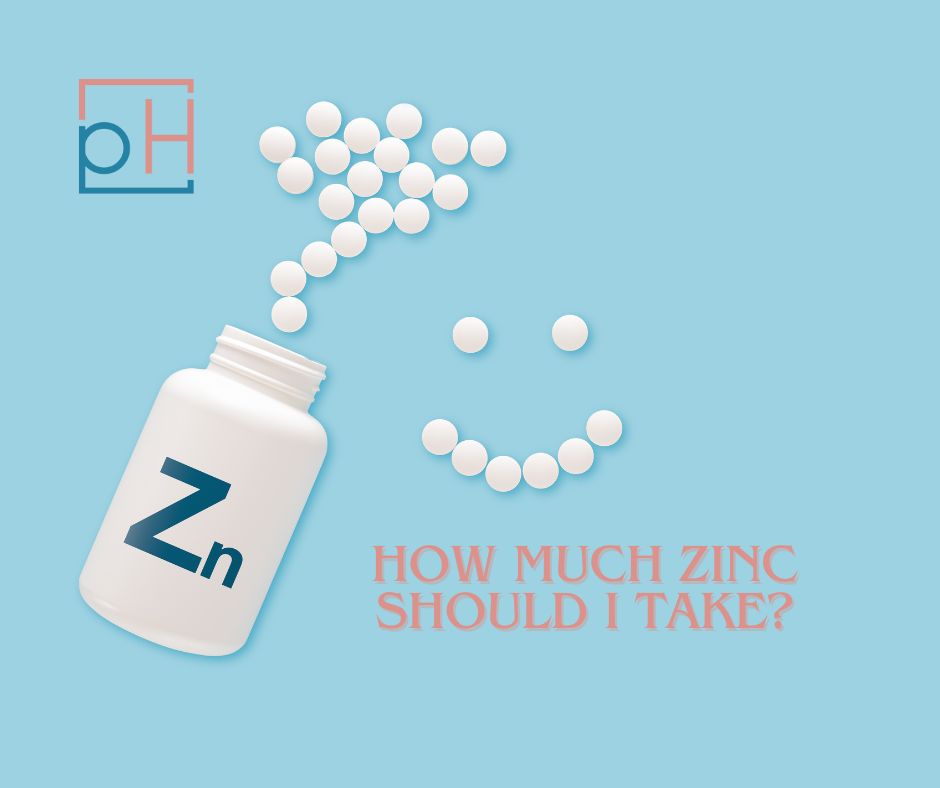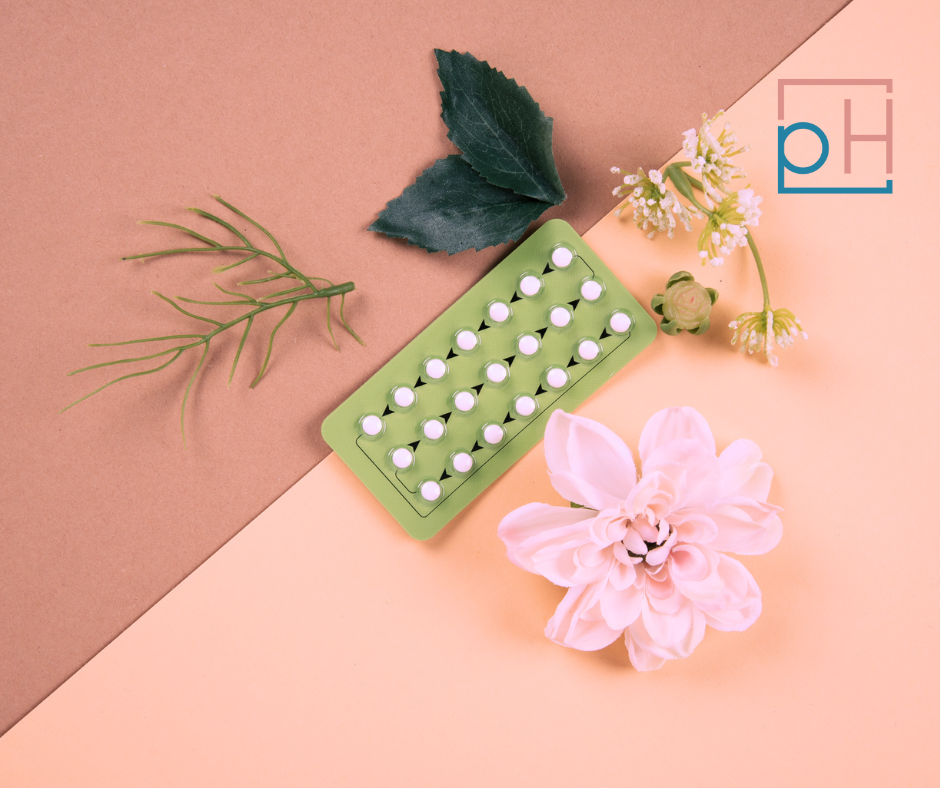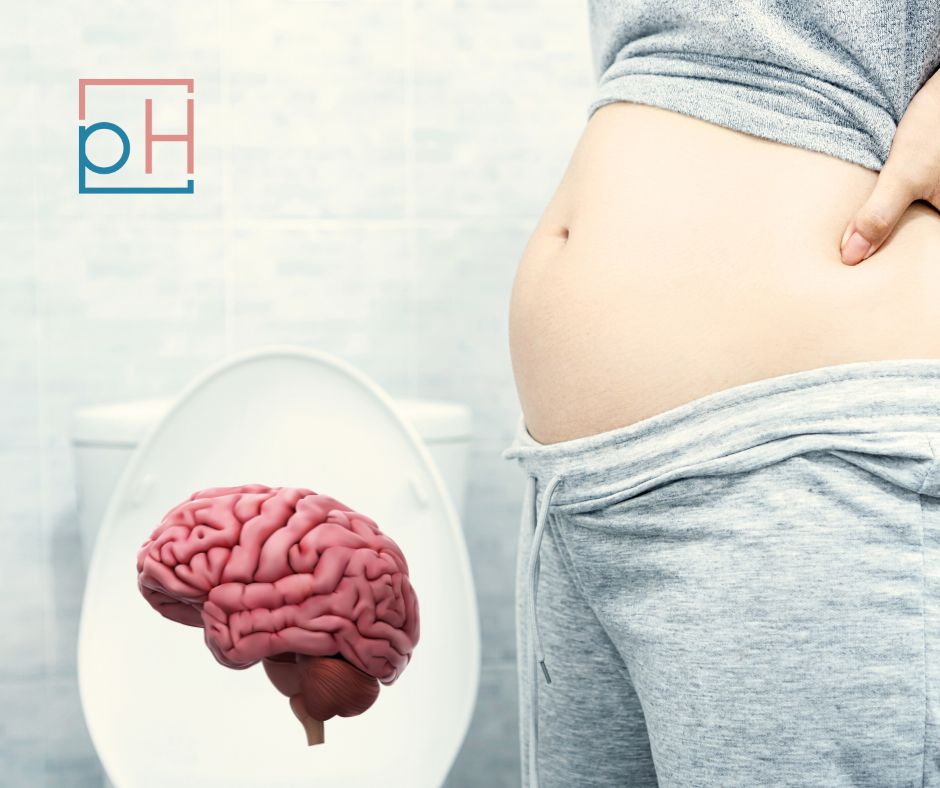Microdosing is when you take small doses (5%-10% of a full dosage) of psychedelics (primarily LSD or psilocybin) to improve mood, reduce depression, boost creativity, and increase focus.
Many benefits are supported by the available scientific evidence, but peer-reviewed science is often reserved for patented pharmaceuticals. Still, there are a lot of health benefits backed by anecdotal evidence of real-life patients.
Below, we’ll go over all the details of microdosing, from what to believe and what to ignore. We’ve also gathered a few reviews of microdosing from patients and friends. Let’s dive in!
If you’re interested in natural mental health treatments, please set up a visit at our clinic in Denver, Colorado. Or, sign up for our free email newsletter for the newest advances in natural medicine and alternative therapeutics.


What Is Microdosing?
Microdosing is the practice of taking low doses of a psychedelic medicine to benefit from its unique effects while minimizing side effects. It’s reportedly popular in Silicon Valley and among alternative health enthusiasts.
Benefits of microdosing supported by the best scientific evidence include mood improvement and reduced depression. However, many users anecdotally report a significant improvement to multiple other mental health concerns.
Side effects may include anxiety, lack of concentration, lethargy, and more. Some researchers warn that psilocybin and LSD microdosing’s benefits are often overblown, and its adverse effects are often understated. However, in our experience with patients, microdosing may cause only minor inconveniences in the way of side effects and has much to offer in return.
Safe microdosing means carefully measuring your psychedelics, avoiding driving, and having realistic expectations about what effects to expect.
What is the goal of microdosing with psilocybin mushrooms? The goal of microdosing psilocybin mushrooms is to enjoy the mood-improving benefits of low-dose psychedelics while avoiding any hallucinations that can prevent you from working or living your life.
Microdosage vs. Regular Dose
There is no single, agreed-upon dosage amount for microdosing (also called “sub-perceptual amount,” meaning you don’t perceive hallucinations). A commonly-cited amount is about 5%-20% of full recreational doses of psilocybin or LSD.
For the purposes of this article, we’ll stick to the 5%-10% range, as this range lines up more with the available science.
What is the typical dosage of psilocybin in microdoses? The typical microdose of psilocybin mushrooms is 0.1-0.3 grams. Of course, this is just an estimate, and many factors may change this dosage.
Common Psychedelics Used in Microdosing
The three most common hallucinogens used in microdosing are psilocybin (mushrooms), lysergic acid diethylamide (LSD), and MDMA (ecstasy).
- Psilocybin mushrooms (magic mushrooms, shrooms) are naturally-occurring fungi consumed for their hallucinogenic effects.
- Lysergic acid diethylamide (LSD, acid) is a synthetic chemical derived from a fungus (ergot) that infects grains and grass. Being the epitome of classic psychedelics, its hallucinogenic properties are potent and well-known.
- MDMA (ecstasy, molly) is another psychedelic sometimes used in microdosing. MDMA, in particular, has shown promise in helping reduce symptoms of post-traumatic stress disorder but only in full macrodoses.
Some microdosers also “stack” their microdosing with supplements, vitamins, natural medicines, or other substances. Stacking can enhance microdosing’s impact on your mind and body, but unguided experimentation may lead to side effects and adverse drug interactions. Proceed with caution.
Real Stories from PrimeHealth Patients
Creativity and Clarity
“I have been doing it now for 2 years. The biggest benefit I find is mental clarity, being less reactive to situations, and being able to process the info more before responding. I also feel as though there has been more creativity, and I am a bit more emotional (in a good way).
“I started microdosing after reading about it and having friends that had done it and wanting to try something to expand my mind and create new positive brain connections.
“When I was taking it at the beginning and there was niacin in them, I had effects of that being hot and flushed for a bit, which I didn’t love. So now, I take without niacin and only have positive results. “
– C. A.
Overcoming Trauma
“I began microdosing in 2022. Within 2 weeks, I started to notice my thoughts shift. YEARS of conditioned neuropathways began to alter. I had identified myself as anxious the majority of my life, and suddently I was able to see those thoughts as parts of me that wanted protection that developed out of fear and trauma. I started to regulate my nervous system naturally, and was able to see perspectives of those around me in a new way. I became more open to transformation, and dropped the rigid walls that I used to operate within.
“I did a 6-month course of microdosing, and can say with confidence I would not be the person I am today, had I not chose to step outside of my comfort zone and give it a chance. Currently, I am not on a protocol or regiment, but know the power and impact of psilocybin and what it was able to do for my trauma, PTSD and mental health.”
– V. L.
10 Evidence-Based Benefits of Microdosing
What are the benefits of microdosing? The most well-researched benefits of microdosing include improvement in mood and reduced symptoms of depression. Other microdosing benefits suggested more by anecdotal reports may include better focus and creativity, improved energy, and a decrease in migraine headaches.
Psilocybin and LSD activate your serotonin receptors — a common explanation given for many of microdosing’s purported benefits.
Let’s go over the evidence-based benefits of microdosing psychedelics in more detail.
1. Improved Mood
Improvement of mood is the most frequently reported benefit of microdosing in studies and on questionnaires.
Examples of microdosing-related mood improvements include:
- Happiness
- Well-being
- Peace
- Calm
- Outlook
- Appreciation of life
- Optimism
- Spiritual insight
- Being more in touch with emotions
2. Reduced Depression & Anxiety
Microdosing may decrease depression, lower anxiety, and reduce stress levels. Since depression, anxiety, and prolonged stress can all lead to various health problems, microdosing may help you prevent major systemic issues.
If microdosing isn’t right for you, there are other natural ways to deal with depression.
Read Next: SAM-e: A Natural Alternative to Antidepressants
3. Increased Focus
Microdosing may increase your focus, self-awareness, and concentration. In this vein, microdosers have reported feeling more attentive and mindful.
A 2019 microdosing study found that microdosing kept participants’ minds from wandering.
4. More Creativity
Many microdosers self-report more creativity. You can imagine the writers of Saturday Night Live crafting sketches in the 1970s while under the influence of psychedelics — a bit of a cliché, but it’s a cliché for a reason.
Other creative benefits can include curiosity, seeing from other perspectives, and openness.
5. Better Self-Confidence
When microdosing, many reported a significant difference in self-confidence levels.
Microdosers reported increases in these self-confidence behaviors:
- Caring about one’s own mental health
- Motivation
- Ambition
- Productivity
- Sense of agency
6. Improved Energy Levels
Microdosing seems to improve energy levels, alertness, and wakefulness. A 2019 study found that 10.5% of participants microdosing experienced increased levels of energy.
However, almost as many microdosers (7.2%, according to the same study) experience too much nervous energy or sudden lack of energy. It’s hard to predict which will occur for each individual.
7. Increased Cognition
A less common but still significant benefit of microdosing is increased cognitive function. The following cognitive processes may improve when microdosing:
- Memory
- Comprehension
- Problem-solving
- Clear-headedness
Some use microdosing to open up repressed memories or positively boost their self-awareness during psychedelic psychotherapy sessions.
8. Decreased Headache & Migraine Symptoms
Some microdosers report reduced frequency or severity of headache or migraine. A small placebo-controlled study found that full doses of psilocybin significantly decreased migraine headaches compared to placebo. We can extrapolate that microdoses may offer similar benefits.
Unfortunately, more report increased headache and migraine — possibly pointing to this as a subjective effect, rather than an objective one. Take this benefit with a grain of salt.
9. Reduced Substance Use
Some microdosers experience reduced dependence on addictive substances. For instance, some have been able to quit smoking because of microdosing.
10. Ability to Control Dosage
The ability to control the dosage gives the microdoser control that they normally wouldn’t have in a conventional medical setting.
This can be a double-edged sword. On the positive side, though, you don’t have to worry about not understanding your prescribed dosage, or doctors not believing you. If one microdose gives you a headache, you can reduce that dosage or stack in a headache-reducing supplement.
8 Side Effects of Microdosing
There may be inconvenient side effects to microdosing — some common, others rare. Side effects will depend on your unique situation, but carefully measuring dosage should attenuate some of the risk.
Let’s cover the evidence-based dangers of microdosing.
1. Physiological Discomfort
The most common adverse effect of microdosing tends to be discomfort, which includes:
- Numbness and tingling
- Gastrointestinal distress
- Getting too hot or too cold
- Inability to go to sleep
- Migraines
- Headache
These discomforts often go away after your first few microdoses or by reducing the dosage.
2. Less Focus
Microdosers may experience absent-mindedness and a lack of focus. Along with this, they can get easily distracted.
A potential benefit of microdosing is improved focus, so there’s a possibility you’ll gain focus during one usage and lose focus on the next. It’s difficult to predict.
3. More Anxiety
General anxiety, social anxiety, and existential anxiety are all possible side effects of microdosing.
Reduced anxiety is sometimes a benefit of microdosing. Unfortunately, whether microdosing increases or reduces anxiety just depends on the person, and it’s hard to know which will happen in your unique situation.
4. Energy Dysfunction
Although improved energy is a potential benefit, impaired energy is a potential side effect of microdosing.
Energy dysfunction can take the form of:
- Too much energy
- Restlessness
- Jitters
- Lack of energy
- Fatigue
Reduced appetite is another possible side effect of microdosing. If you eat less, your energy levels usually drop.
5. Cognitive Impairment
Here’s another effect that can be positive or negative: Microdosing has been known to both improve and impair cognition.
Some microdosers have exhibited signs of confusion, social awkwardness, dissociation, racing mind, and even bad memory. Be aware of these signs and consider reducing your microdose if you notice them.
6. Dependence
A very small subset of people may experience addictive tendencies towards the microdosed psychedelic substance they microdose with.
Psychedelic drugs aren’t physically addictive (meaning your body doesn’t experience physical side effects of withdrawal if you stop taking them). However, they may be psychologically addictive (meaning you begin to believe you need them to cope and feel unable to stop taking them).
This can happen with any substance, from coffee to cannabis, and isn’t dangerous to the body in the same way as a physical substance addiction. Work with a healthcare provider or use the buddy system to be aware of any possible addictive behaviors, and adjust as needed.
7. Legal Status of Psilocybin
Besides all the adverse effects to your body and mind, the substances people are microdosing (psychedelic mushrooms and LSD, in particular) are often illegal. This is perhaps a danger when it comes to getting hired and avoiding jail.
Taking too much or too little is a common mistake when microdosing since this hobby is unregulated. Plus, the illegality makes the cost of microdosing higher, potentially resulting in financial woes.
Both Oregon and California are in the process of making paths to legalization for psychedelics, driven primarily by the positive research touting their benefits. Since 2022, psilocybin has been decriminalized in the state of Colorado, due to the passing of Proposition 122 (Decriminalization and Regulated Access Program for Certain Psychedelic Plants and Fungi Initiative).
The potential negative impacts and abuse potential of taking “normal” doses of some of these substances (especially MDMA) make legalization an uphill battle. However, given the promising results of MDMA for the treatment of PTSD, the FDA has fast-tracked MDMA-assisted therapy for potential use in 2024.
It is always beneficial to check into the laws of your municipality on the status of psychedelics. Additionally, there are a number of well-informed online resources regularly updated on the status of psilocybin legalization by state.
Who Should Try Microdosing?
People with mood issues, including depression, may benefit from microdosing. Only microdose if you’re willing to meticulously measure the amount of psychedelic you’re consuming. (Only 1 in 3 microdosers carefully measure their microdosage.)
Do not microdose when taking a medication, drug, or other supplement that may interact with your chosen microdosing substance. Talk to your healthcare provider about possible interactions.
Microdosing impacts different people differently. If you’re responsible for taking care of someone like an infant or elderly parent, you might consider alternatives to microdosing, such as conscious breathing, to improve mood and reduce anxiety. However, many people experience no issues when microdosing that interfere with taking care of dependents.
Does Psilocybin Microdosing Have a Long-Lasting Effect?
Recent studies indicate that negative side effects of microdosing may occur up to a week after microdosing. However, certain positive effects may last up to a month.
Two possible negative long-lasting effects are the potential for substance dependency and theoretical stress on the heart.
Can You Drive After Microdosing?
Although microdosing may improve concentration and visual acuity for some, driving while under the influence of any psychedelics is both illegal and potentially dangerous.
You may drive after microdosing and experience no problems. There is a chance, though, that psilocybin or LSD can lead to minor or major visual or mental disturbances, possibly resulting in a major collision.
Areas for Future Research
Areas for future randomized clinical trials about microdosing should cover long-term safety, ideal dosage, and how many purported benefits prove to be consistent, significant, and not explained by the placebo effect.
Because there isn’t one agreed-upon dosage for microdosing (usually ranging from 5%-20%), consistent research is difficult. Future research can determine the ideal dosage amount, as well as factors which would suggest altering the dose.
Another area of future psychedelic research can explore the destigmatization of microdosing and psychopharmacology as a legitimate field of neuroscience and medicine. Alternatively, future studies can discuss in scientific terms whether psychedelic use should be stigmatized and illegal.
As microdosing gains popularity, scientists and the institutions who fund their research will have more incentive to study microdosing in various populations.
For more information on psychedelic science, check out the MAPS (Multidisciplinary Association for Psychedelic Studies, established in 1986) website to see what kind of research is currently underway.
Talk to Your Mental Health Provider Before Changing Your Routine
If you’re aiming to boost your mood and reduce depression or anxiety, talk to your mental healthcare provider before microdosing. There are alternatives, such as dietary changes. If you’re hoping for more physical benefits, you should talk to your PCP or another qualified healthcare provider.
Drug interactions are a primary concern, as well as personal medical history. Just because microdosing is not legal in all places, don’t let that stigma prevent you from doing whatever you choose to do as safely as possible.
For alternative medical advice and integrative healthcare, schedule a free consultation at PrimeHealth in Denver, Colorado. We have helped hundreds of people like you overcome mental health issues, chronic stress, and mood swings with individualized treatment plans.
View this profile on InstagramPrimeHealth (@primehealthdenver) • Instagram photos and videos
Sources
- Ona, G., & Bouso, J. C. (2020). Potential safety, benefits, and influence of the placebo effect in microdosing psychedelic drugs: A systematic review. Neuroscience & Biobehavioral Reviews, 119, 194-203.
- Sellers, E. M., & Romach, M. K. (2023). Psychedelics: Science Sabotaged by social media. Neuropharmacology, 109426.
- Rootman, J. M., Kiraga, M., Kryskow, P., Harvey, K., Stamets, P., Santos-Brault, E., … & Walsh, Z. (2022). Psilocybin microdosers demonstrate greater observed improvements in mood and mental health at one month relative to non-microdosing controls. Scientific Reports, 12(1), 11091.
- Rootman, J. M., Kryskow, P., Harvey, K., Stamets, P., Santos-Brault, E., Kuypers, K. P., … & Walsh, Z. (2021). Adults who microdose psychedelics report health related motivations and lower levels of anxiety and depression compared to non-microdosers. Scientific reports, 11(1), 22479.
- Polito, V., & Stevenson, R. J. (2019). A systematic study of microdosing psychedelics. PloS one, 14(2), e0211023.
- Cavanna, F., Muller, S., de la Fuente, L. A., Zamberlan, F., Palmucci, M., Janeckova, L., … & Tagliazucchi, E. (2022). Microdosing with psilocybin mushrooms: a double-blind placebo-controlled study. Translational Psychiatry, 12(1), 307.
- Anderson, T., Petranker, R., Christopher, A., Rosenbaum, D., Weissman, C., Dinh-Williams, L. A., … & Hapke, E. (2019). Psychedelic microdosing benefits and challenges: an empirical codebook. Harm reduction journal, 16(1), 1-10.
- Schenberg, E. E. (2018). Psychedelic-assisted psychotherapy: a paradigm shift in psychiatric research and development. Frontiers in pharmacology, 9, 733.
- Schindler, E. A., Sewell, R. A., Gottschalk, C. H., Luddy, C., Flynn, L. T., Lindsey, H., … & D’Souza, D. C. (2021). Exploratory controlled study of the migraine-suppressing effects of psilocybin. Neurotherapeutics, 18(1), 534-543.
- Ryan, R. S., Copello, A., & Fox, A. P. (2023). Experiences of microdosing psychedelics in an attempt to support wellbeing and mental health. BMC psychiatry, 23(1), 1-12.
- Smith, W. R., & Appelbaum, P. S. (2021). Two models of legalization of psychedelic substances: reasons for concern. Jama, 326(8), 697-698.
- Inouye, A., & Wolfgang, A. (2022). 3, 4-Methylenedioxymethamphetamine (MDMA)-Assisted Therapy in Hawaii: A Brief Review. Cureus, 14(6).
- Hutten, N. R., Mason, N. L., Dolder, P. C., & Kuypers, K. P. (2019). Motives and side-effects of microdosing with psychedelics among users. International Journal of Neuropsychopharmacology, 22(7), 426-434.
- Barrett, F. S., Doss, M. K., Sepeda, N. D., Pekar, J. J., & Griffiths, R. R. (2020). Emotions and brain function are altered up to one month after a single high dose of psilocybin.Scientific reports, 10(1), 2214.


